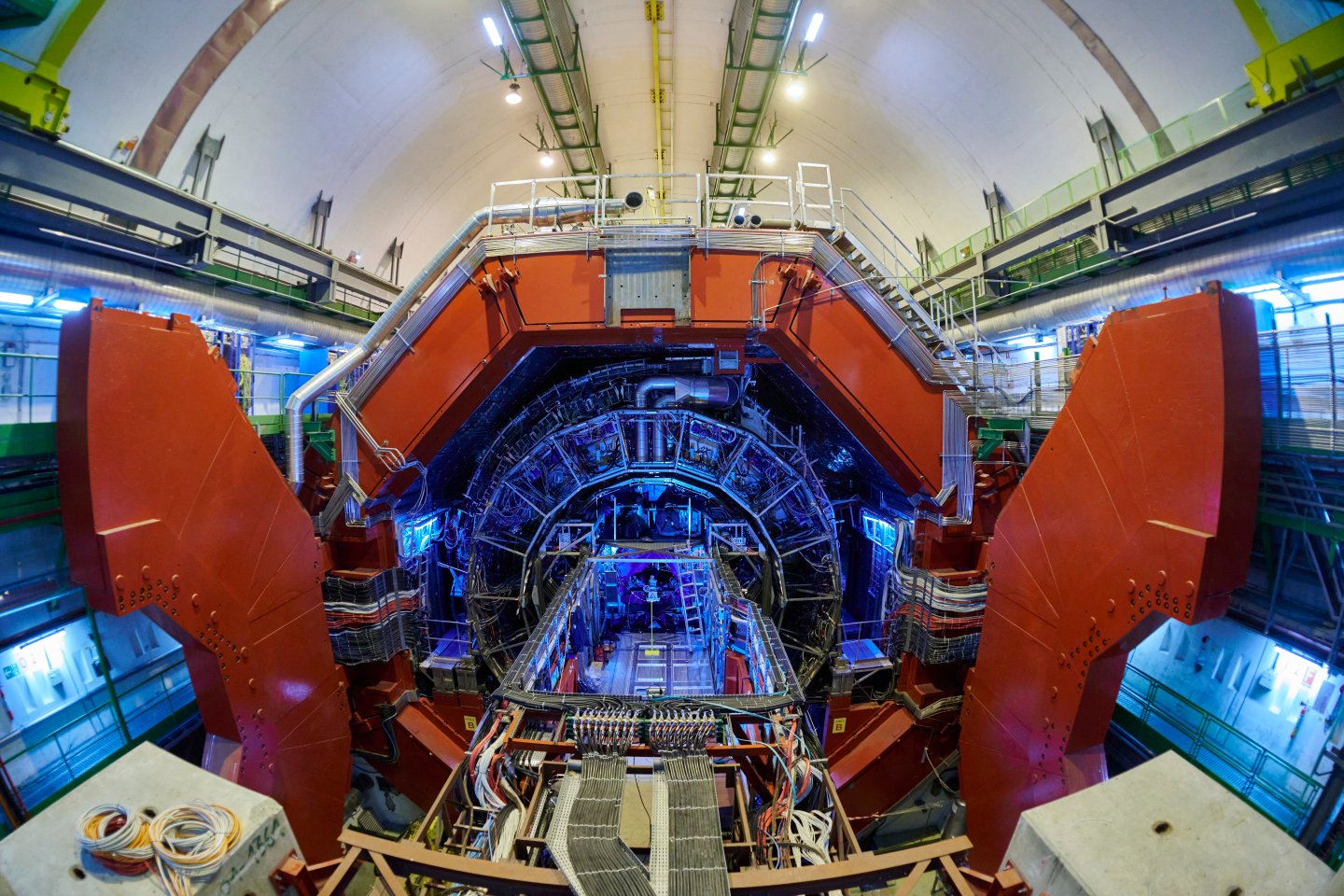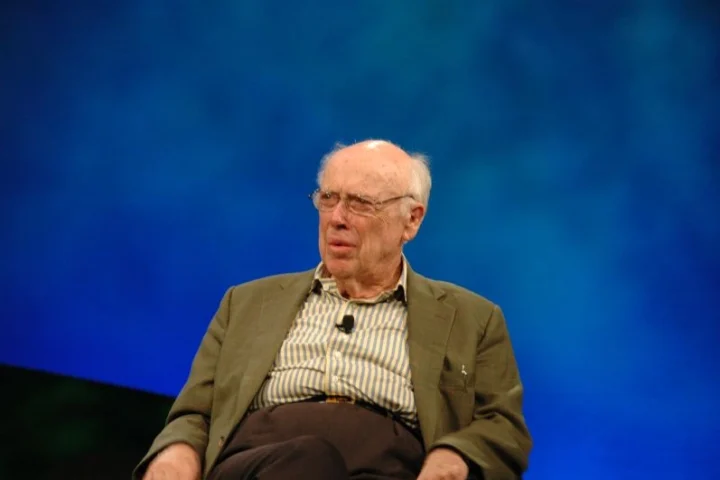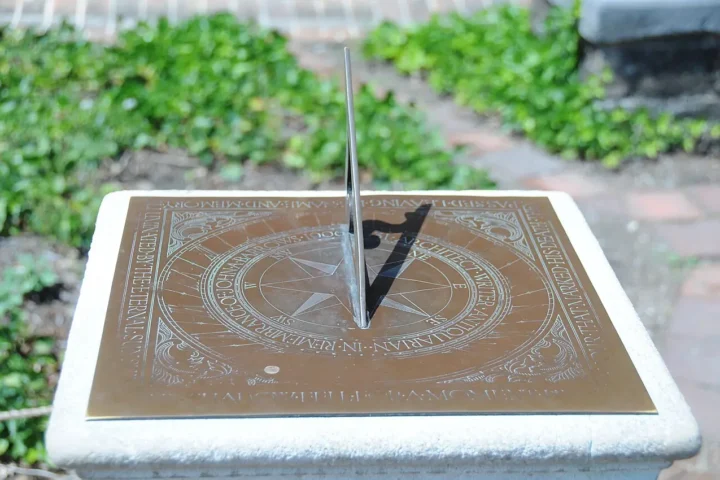Scientists at the European Organization for Nuclear Research (CERN) have achieved what medieval alchemists could only dream of – turning lead into gold. But before you start planning a heist at the Large Hadron Collider (LHC), there’s a catch: the gold exists for just a fraction of a second and in amounts too tiny to see.
The ALICE collaboration (A Large Ion Collider Experiment) at CERN has systematically measured this remarkable transformation that occurs when lead atoms traveling at nearly the speed of light pass extremely close to each other without directly colliding. The findings were published in May 2025 in Physical Review C.
“It’s impressive that our detectors can handle both major collisions that produce thousands of particles and these smaller events that make just a few particles at a time,” said Marco Van Leeuwen, ALICE spokesperson.
How Lead Becomes Gold
The transformation isn’t chemical but nuclear. Lead atoms have 82 protons in their nucleus, while gold has 79. When two speeding lead nuclei nearly miss each other in the LHC, powerful electromagnetic fields form around them. These fields can knock out exactly three protons from a lead nucleus, creating gold.
This process, called electromagnetic dissociation, happens incredibly fast. The LHC currently produces about 89,000 gold nuclei per second. While this sounds impressive, these gold nuclei are extremely energetic and immediately smash into the surrounding equipment, breaking apart almost instantly.
Similar Posts
Tiny Amounts, Huge Significance
During one experimental run between 2015 and 2018, scientists created approximately 86 billion gold nuclei. Despite this enormous number, the total mass amounted to just 29 picograms – less than a trillionth of a gram.
“Thanks to the unique capabilities of the ALICE ZDCs (Zero Degree Calorimeters), this analysis is the first to systematically detect and analyze the signature of gold production at the LHC experimentally,” said Uliana Dmitrieva of the ALICE collaboration.
Recent upgrades have nearly doubled the gold production rate, but even at this improved pace, you’d need trillions of times more gold to make even the smallest piece of jewelry.
Beyond Gold: Improving Future Science
The research isn’t just about fulfilling ancient dreams of alchemy. Scientists are using these findings to better understand the fundamental nature of matter and improve future particle accelerators.
“The results also test and improve theoretical models of electromagnetic dissociation, which are used to understand and predict beam losses that are a major limit on the performance of the LHC and future colliders,” explained John Jowett, another scientist with the ALICE collaboration.
By studying these near-miss collisions, physicists gain vital insights into nuclear physics and the behavior of particles under extreme conditions. This knowledge helps design better particle accelerators and deepens our understanding of the building blocks of our universe.
Unlike the alchemists of old who sought wealth through transformation, today’s scientists at CERN have found something arguably more valuable – knowledge about the fundamental nature of matter itself.



















